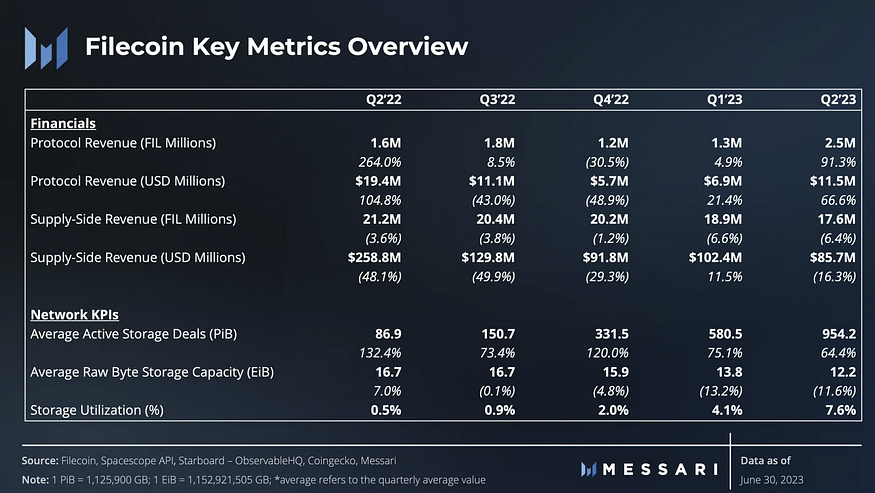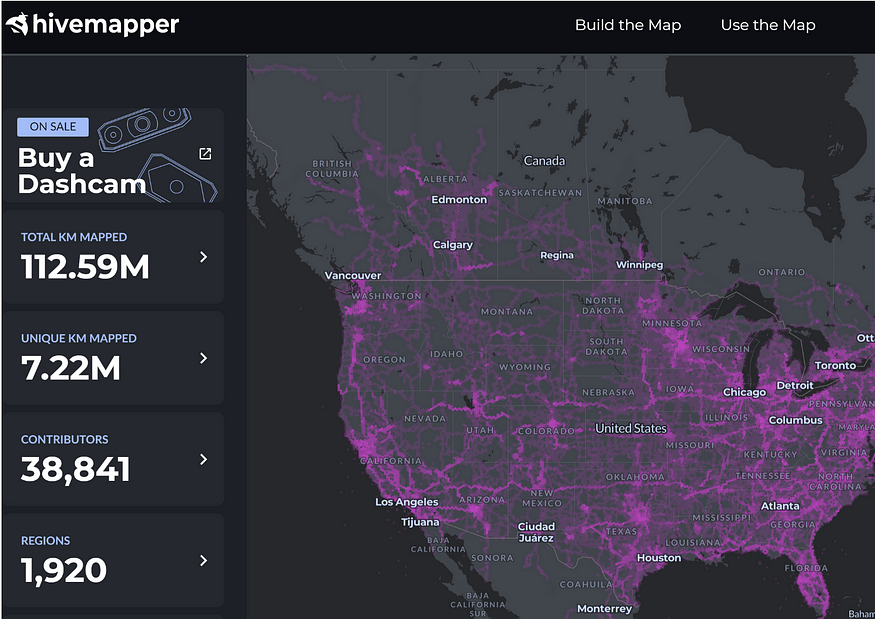DePIN: The Next Big Crypto Narrative?
 The cryptocurrency industry and blockchains as a whole are still in their infancy and looking for true product-market fit. Though we’ve seen glimpses of this in the past, through innovations like DeFi, NFTs, and tokenization, there are still numerous use cases of blockchain that have yet to be fully explored. One of these is DePIN, or decentralized physical infrastructure networks. In this article, we’ll dive into an introduction to DePIN, why it matters, and some examples of DePIN projects.
The cryptocurrency industry and blockchains as a whole are still in their infancy and looking for true product-market fit. Though we’ve seen glimpses of this in the past, through innovations like DeFi, NFTs, and tokenization, there are still numerous use cases of blockchain that have yet to be fully explored. One of these is DePIN, or decentralized physical infrastructure networks. In this article, we’ll dive into an introduction to DePIN, why it matters, and some examples of DePIN projects.
Decentralized physical infrastructure networks are networks that maintain and operate real-world infrastructure leveraging the decentralization of blockchain technology. There are various DePIN projects, ranging from telecommunications to storage and computation. They typically leverage blockchain-based tokens as an incentive mechanism for individuals to contribute to the network, as opposed to centralized networks owned and operated by a single entity.
What makes DePIN so exciting is its potential to augment the way we think about and interact with physical infrastructure. By using a token to incentivize network participation and interaction, a flywheel effect begins to take place. Similar to how a higher valuation of Bitcoin incentivizes more people to mine, leading to a stronger network and thus an even higher valuation, DePIN supercharges this cycle by tying token value to the strength and adoption of the network. They offer a more democratic, efficient, and scalable approach to building and maintaining physical infrastructure. On a small scale, DePIN may not make much sense; however, if one is able to achieve mass adoption, it could see spectacular growth and become a stable part of our modern-day infrastructure.
The best example of a DePIN project is Helium, the Solana-based mobile networking project. Contributors can buy and run hotspots, which allow supported devices to get internet connectivity without having to connect to a cell tower or WiFi network. Use of this network is paid for in HNT, which is also distributed to hotspot operators. Helium’s network can be used by various devices, and they recently released an initiative to create a 5G phone network, at an incredibly cheap $20/month around the United States. Another prolific example is Filecoin, the network built on top of the InterPlanetary File System standard that incentivizes people with extra hard drive storage to archive information in a decentralized manner. People who want to store data pay FIL to archivers and get the data spread worldwide, and storage providers receive FIL in return. The network is able to store billions of gigabytes of data, all without the risks that come from keeping data in a centralized entity, like censorship, hacks, or outages.
Another prolific example is Filecoin, the network built on top of the InterPlanetary File System standard that incentivizes people with extra hard drive storage to archive information in a decentralized manner. People who want to store data pay FIL to archivers and get the data spread worldwide, and storage providers receive FIL in return. The network is able to store billions of gigabytes of data, all without the risks that come from keeping data in a centralized entity, like censorship, hacks, or outages. Smaller exciting, yet still growing, examples are attempting to tackle problems in a wide range of industries. For example, the Hivemapper Network is a blockchain-based mapping network that incentivizes contributors to build a detailed and up-to-date global map provided by user-contributed dashcam footage. This decentralized approach offers a dynamic, ever-evolving map that is maintained and expanded through community participation, leveraging the blockchain for transparency and incentive distribution. Another project, Render Network, is a decentralized platform that democratizes the process of 3D rendering and graphic computation, connecting artists and creators with GPU providers. Users on the network can lend their GPU power for rendering tasks, receiving tokens as compensation, while creators gain access to a more scalable and cost-effective rendering solution. Render could one day be used by amateurs and professionals alike to render animations, train AI models, or execute intensive research computations. Though both of these projects are still relatively early in their life cycle, they offer promising solutions to real problems.
Smaller exciting, yet still growing, examples are attempting to tackle problems in a wide range of industries. For example, the Hivemapper Network is a blockchain-based mapping network that incentivizes contributors to build a detailed and up-to-date global map provided by user-contributed dashcam footage. This decentralized approach offers a dynamic, ever-evolving map that is maintained and expanded through community participation, leveraging the blockchain for transparency and incentive distribution. Another project, Render Network, is a decentralized platform that democratizes the process of 3D rendering and graphic computation, connecting artists and creators with GPU providers. Users on the network can lend their GPU power for rendering tasks, receiving tokens as compensation, while creators gain access to a more scalable and cost-effective rendering solution. Render could one day be used by amateurs and professionals alike to render animations, train AI models, or execute intensive research computations. Though both of these projects are still relatively early in their life cycle, they offer promising solutions to real problems. DePIN protocols, including Hivemapper and Helium, have typically been built on Solana to take advantage of the fast speeds and low transaction fees. Unlike modular chains like Ethereum or an L2, Solana benefits from a single atomic state machine, which makes network and infrastructure management much more streamlined. Additionally, with the amount of data and interactions taking place, even the fastest L2s may be unable to keep up with the demand for DePIN.
DePIN protocols, including Hivemapper and Helium, have typically been built on Solana to take advantage of the fast speeds and low transaction fees. Unlike modular chains like Ethereum or an L2, Solana benefits from a single atomic state machine, which makes network and infrastructure management much more streamlined. Additionally, with the amount of data and interactions taking place, even the fastest L2s may be unable to keep up with the demand for DePIN.
Decentralized Physical Infrastructure Networks are an exciting new way for individuals to collaborate and create something bigger than themselves by using blockchain and network effects to incentivize long-term growth and adoption. Though a massive, globally adopted DePIN protocol has yet to be created or proven as a viable product, there is certainly excitement




































